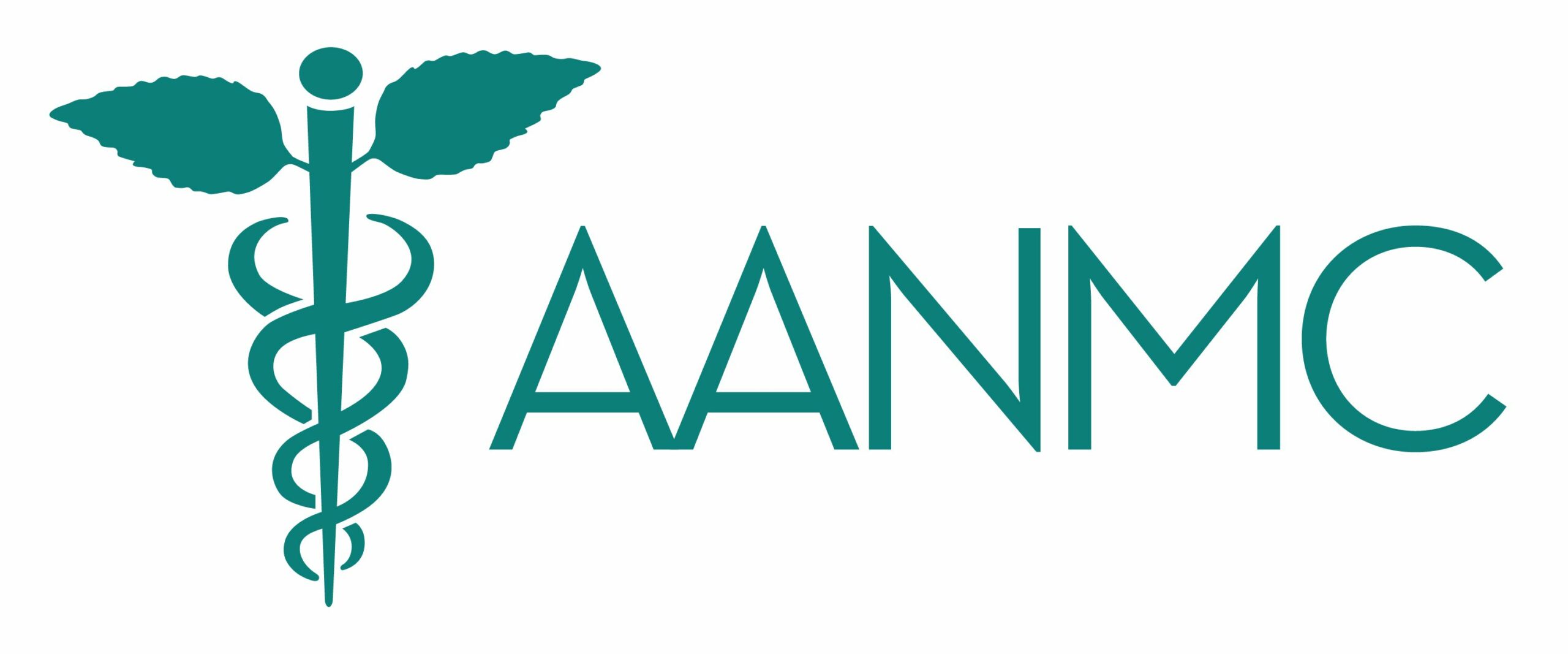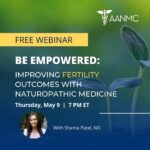In 2018, 20.3 million Americans age 12 and over battled a substance use disorder (SUD), according to the National Survey on Drug Use and Health. Addiction is a serious issue that threatens lives on a daily basis and often requires a team to support sobriety. Naturopathic medicine takes a whole-person approach to addiction management and recovery. NDs across North America are making an impact in natural approaches to pain management and helping patients avoid and wean off of addictive therapies for pain.


Treatments vary depending on the specific patient, but NDs have a natural toolbox of possibilities.
“Acutely, the naturopathic doctor must consider what the patient is going through. Insomnia, elevated blood pressure, nausea and vomiting, and body aches are just a few of the symptoms during the first stages of withdrawal,” Dr. Hamilton says.
Recommendations for Initial Treatments:
- nutrient IV therapy to replenish vitamins, minerals, and amino acids lost through addiction and the withdrawal process
- acupuncture
- hydrotherapy
- homeopathy
- botanical medicine
“In this stage, it may also be necessary to consider prescribing medications to make the withdrawal process more tolerable (with the goal of using these drugs for as short-term as possible),” she explains.

Dr. Arneson recommends amino acid therapies. “It is useful for the physician to understand that a lot of the drugs such as opiates or anti-depressants utilized for pain relief often lead to more pain, since these drugs lower the amounts of specific neurotransmitters over time,” he says. “These neurotransmitters need to be in sufficient healthy levels for our own endogenous pain system to work efficiently. This can be rectified by the utilization of specific amino acid formulas designed to bring these levels back into normal ranges once the drugs are out of the system.”
“Acupuncture, particularly, auricular acupuncture is very helpful to reduce cravings as well,” Dr. Seenauth adds. “The National Acupuncture Detoxification Association protocol is well-researched, standardized, and effective in dealing with many of the side effects of drug withdrawal.”
Dr. Arneson recommends a set of naturopathic protocols that he has implemented in the three in-patient treatment centers he co-founded:
- treat aggressively with focused nutrition, intravenous nutrients, and specific amino acid formulas for the first month
- ongoing 12-step program
- intense counseling
- intensive outpatient treatment
“85% of the patients that take responsibility for their recovery and follow these simple suggestions are clean and sober at the end of the first year of sobriety,” he says.
“In our experience, by utilizing nutritional treatments, the initial repair work can be accomplished in three to six weeks on average. If we do not incorporate focused nutritional treatment this can take on the average six months to two years—or what we call post-acute withdrawal syndrome,” he says.

Dr. Arneson’s long-term approaches:
- exercise such as yoga or Tai Chi
- counseling
- instilling responsibility for the recovery
Dr. Hamilton also has preferred treatments to employ after the initial stage of recovery. “In considering how to treat the person long term, the doctor, or team must address why they may have started using in the first place. I found many patients were self-medicating because of an underlying condition like depression, bipolar disorder, or they may have been abused or abandoned. Some may even have been addicted to a medication because they were in chronic pain and just trying to get some relief,” Dr. Hamilton says.
Natural approaches for chronic pain relief
- teaching stress management skills
- stretching, yoga, meditation, exercising
- sauna or steam room therapy
- volunteering to help deal with life, triggers, and past events that may have led to drug use
- setting up a support system – both individual and group – to provide a place to talk through experiences
“As you can see, there is no one approach to addiction recovery. Each patient is unique so their treatment must also be unique and fit their specific situation and stage of rehabilitation,” Dr. Hamilton says.
Naturopathic medicine is a key tool in managing pain without pharmaceuticals.

“We’ve seen that therapies that only include pharmaceuticals often don’t give the patient significant relief over the long term and can have very deleterious side effects,” says Dr. Hamilton. Additionally, she notes, “By using medical nutrition, botanical medicine, mind-body medicine, hydrotherapy, acupuncture, and homeopathy, we can offer the chronic pain patient more options that may offer them relief, resolution, and hope in a future that has less pain and sickness, and more vitality.”
“Starting at a fundamental level, diet plays a huge role in treating pain,” Dr. Seenauth says. “Many painful conditions are aggravated by inflammation, which can be reduced and modulated through use of an anti-inflammatory diet, such as:
- proper levels of omega-3 fatty acids
- plant based foods
- vitamin D supplementation
“Diet is not a one-size-fits-all therapy,” he says. “Naturopathic physicians can help patients navigate which nutritional plan is appropriate for their individual needs.”
Dr. Hamilton recommends specific anti-inflammatory foods:
- leafy green vegetables
- vegetables that have rainbow colors like blueberries, bell peppers, squash, pumpkin
- fewer processed foods (breads, pastas, muffins)
- healthy fats (avocado, coconut, olive oil)
- organically-fed, free-range, wild-caught meats
Regenerative injection therapies can repair injured tissues that are sources of pain such as:
- prolotherapy helps to tighten ligaments and repair connective tissue that cause pain
- tissue transfer using bone marrow or adipose can stimulate the damaged tissue to undergo cellular proliferation and repair
- neural prolotherapy or perineural injection technique is a new therapy developed by Dr. John Lyftogt that targets neurogenic pain by injecting a dilute sugar solution near inflamed cutaneous nerves
In addition, homeopathy is very effective in treating pain. Dr. Seenauth’s recommended remedies include:
- Arnica – bruises, soreness, tender to touch (commonly used after falls or other blunt trauma injuries)
- Rhus toxicodendron – stiff, sore joints (pain is worse with rest and better with continued motion, pain improves with warm applications)
- Ruta graveolens – strained ligaments, pain and stiffness in tendons
Herbal and Nutritional Supplements that Can be Effective:
- turmeric (anti-inflammatory)
- bromelain (anti-inflammatory)
- boswellia (anti-inflammatory)
- papain (anti-inflammatory)
- ginger (anti-inflammatory)
- John’s wort (for nerves)
- milky oats (for nerves)
- passionflower (for nerves)
- lavender (for nerves)
- peppermint (antispasmodic)
- thyme (antispasmodic)
- chamomile (antispasmodic)
- magnesium (for tissue)
- CoQ10 (for tissue)
- calcium (for tissue)
- potassium (for tissue)
- vitamin D (for tissue)
- B vitamins (for tissue)
Dr. Arneson also notes that “sometimes the simplest remedies are overlooked, such as ice or mild heat to the affected area to reduce inflammation or tightness of a muscle.”
Naturopathic physicians are uniquely trained to use a multitude of techniques and therapies to manage health and treat addiction. Click here to find an ND near you in the US and Canada.









